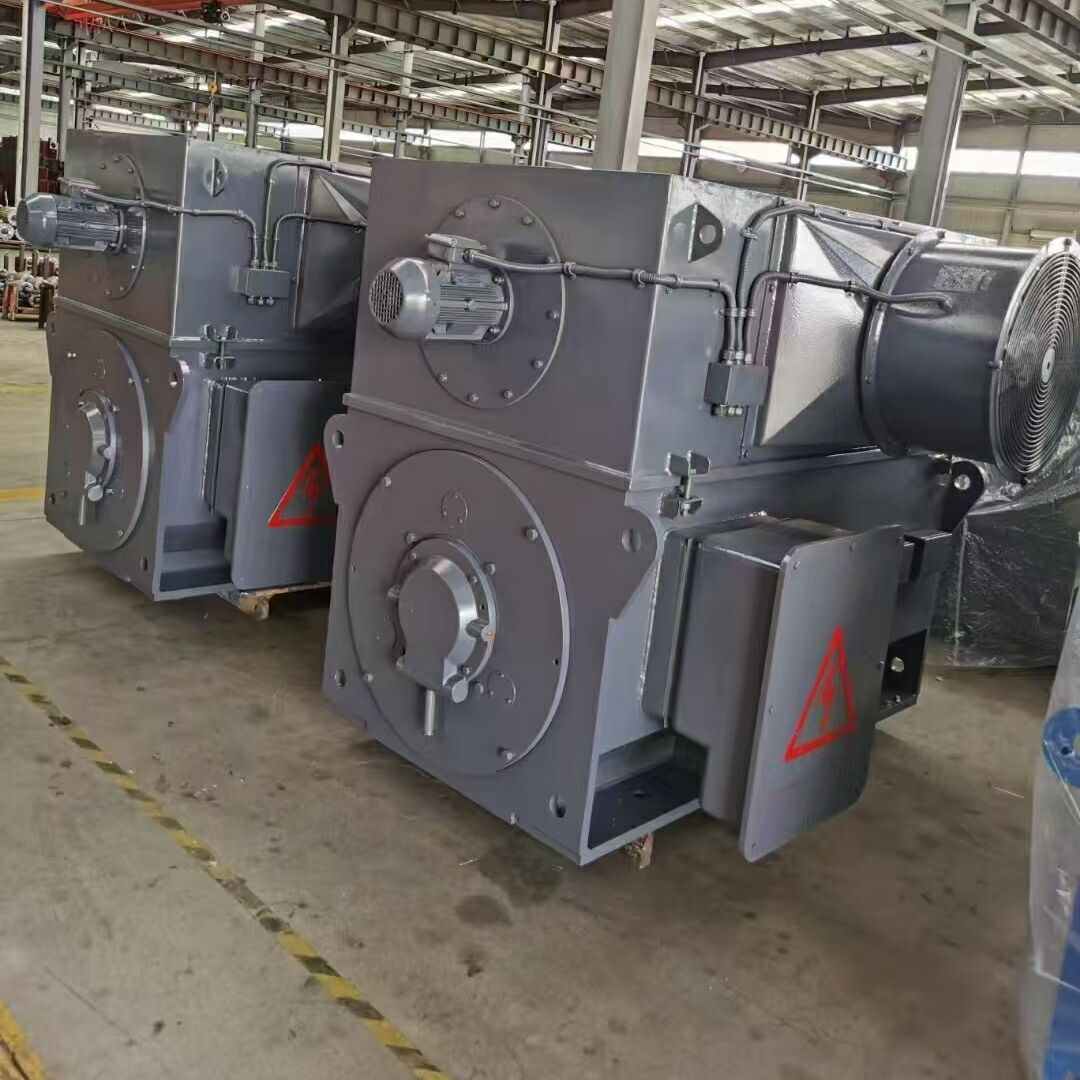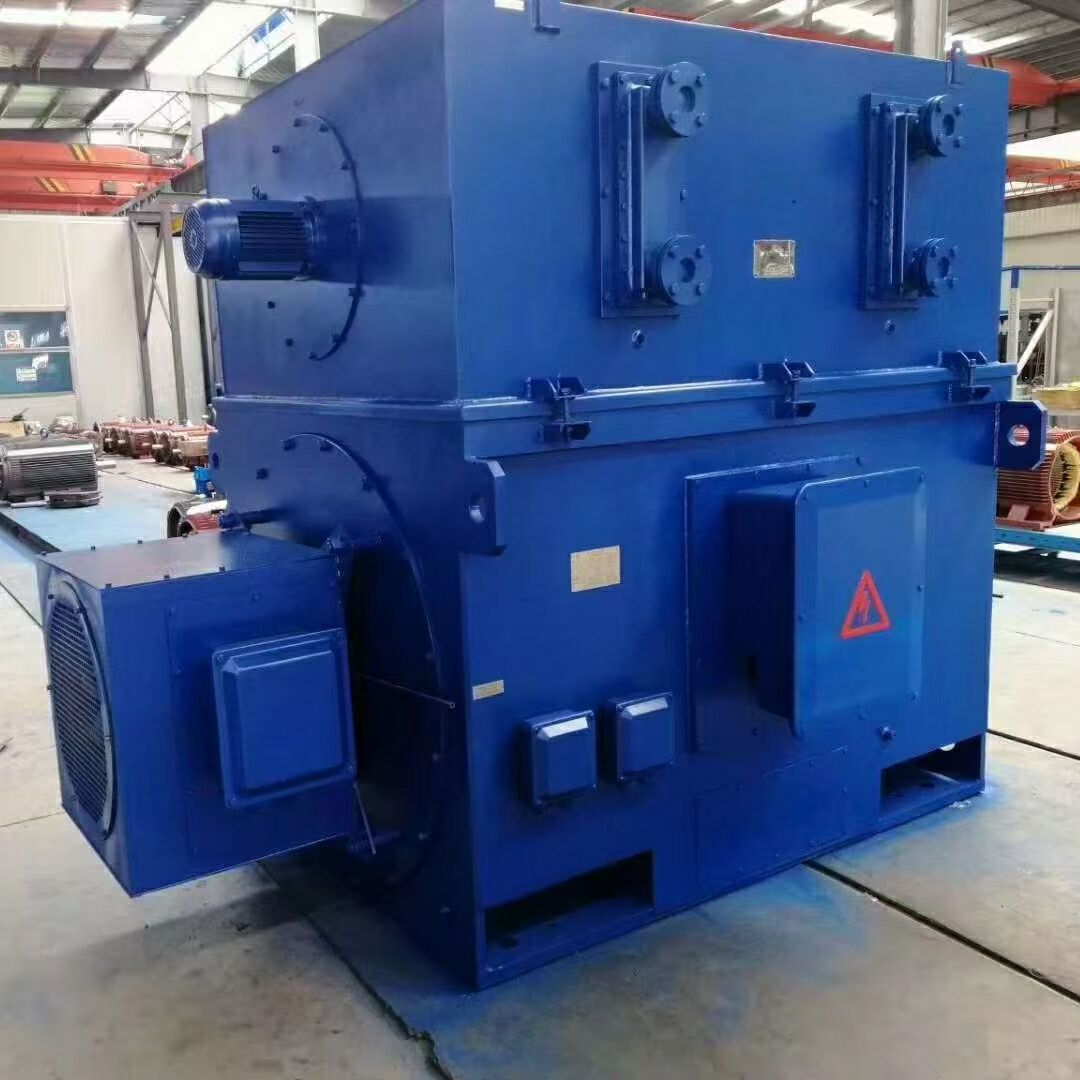Essential Safety Measures for High Voltage Electrical Equipment
High voltage motors present unique hazards that demand rigorous safety protocols to protect personnel and equipment. These powerful industrial workhorses operate at voltage levels where accidental contact can prove fatal, making comprehensive safety measures non-negotiable. Proper handling of high voltage motors requires specialized knowledge, personal protective equipment, and strict adherence to established electrical safety standards. From initial installation through routine operation and maintenance, every interaction with high voltage motors must follow carefully designed safety procedures. The combination of electrical, mechanical, and thermal risks associated with high voltage motors necessitates a multilayered approach to hazard prevention. Implementing robust safety practices ensures reliable operation while minimizing the potential for catastrophic accidents involving high voltage motors.
Personal Protective Equipment Requirements
Electrical Hazard Protection Gear
Working with high voltage motors requires properly rated personal protective equipment (PPE) to mitigate shock and arc flash risks. Insulated gloves with leather protectors, tested for the specific voltage levels of high voltage motors, form the first line of defense. Face shields and arc-rated hoods protect against potential arc flashes when servicing high voltage motors. Flame-resistant clothing meeting NFPA 70E standards should be worn whenever interacting with energized high voltage motors. Voltage-rated tools with insulated handles prevent accidental conduction during work on high voltage motor connections. Safety glasses with side shields protect against flying debris during maintenance on high voltage motors. This comprehensive PPE approach creates essential barriers between workers and the inherent dangers of high voltage motors.
Specialized Equipment for Testing Procedures
Additional protective measures become necessary when performing diagnostic tests on high voltage motors. Insulated grounding sticks must be used when working on de-energized high voltage motors to ensure complete discharge of stored energy. Rubber mats rated for high voltage applications provide an additional insulation layer when testing or servicing high voltage motors. Portable ground fault circuit interrupters (GFCIs) should be used with test equipment connected to high voltage motors. Infrared windows allow thermographic inspection of energized high voltage motors without removing protective covers. These specialized tools and equipment enable safer interaction with high voltage motors during troubleshooting and maintenance activities.
Lockout/Tagout (LOTO) Procedures
Comprehensive Energy Isolation Protocols
Proper lockout/tagout procedures are absolutely critical when servicing high voltage motors to prevent accidental energization. All power sources to high voltage motors must be physically disconnected and locked in the off position before beginning work. Multiple energy sources, including control circuits and capacitors associated with high voltage motors, must be identified and isolated. Stored energy in high voltage motor systems, including rotational inertia and capacitive charges, must be fully dissipated before maintenance begins. Group lockout devices should be used when multiple technicians work on the same high voltage motor simultaneously. These rigorous isolation procedures form the foundation of safe work practices around high voltage motors.
Verification of De-energized State
Simply turning off high voltage motors doesn't guarantee a safe working environment - positive verification is essential. Proper voltage testing using adequately rated multimeters must confirm the absence of voltage on all conductors of high voltage motors before work begins. Three-point testing methodology (test the tester, test the circuit, retest the tester) ensures reliable verification of de-energized high voltage motors. Temporary grounding equipment should be applied to high voltage motor terminals after verification of de-energization. Continuous monitoring may be necessary when working on high voltage motors connected to complex electrical systems. These verification steps prevent tragic accidents that can occur when assuming high voltage motors are safely de-energized.

Electrical Clearance and Approach Boundaries
Maintaining Safe Working Distances
NFPA 70E establishes specific approach boundaries for high voltage motors that must be strictly observed. The limited approach boundary defines how close unqualified personnel may come to exposed energized parts of high voltage motors. The restricted approach boundary requires qualified personnel to use appropriate PPE when working near energized high voltage motors. The prohibited approach boundary represents the distance at which work requires equivalent insulation to actually contacting high voltage motor conductors. These boundaries vary based on the specific voltage levels of high voltage motors and must be calculated for each installation. Maintaining proper clearance prevents accidental contact with energized components of high voltage motors.
Workspace Preparation and Barriers
Creating safe work zones around high voltage motors requires physical barriers and clear signage. Safety barriers should be erected to prevent unauthorized access to areas containing energized high voltage motors. Clear warning signs must identify the presence and voltage level of high voltage motors in the work area. Illuminated indicators can provide visible warnings when high voltage motors are energized. Dedicated work areas should be established for testing or servicing high voltage motors to prevent accidental contact by other workers. These spatial controls ensure all personnel remain aware of and protected from the hazards of operating high voltage motors.
Startup and Operational Safety Checks
Pre-Energization Inspections
A thorough inspection must precede any startup of high voltage motors after installation or maintenance. All tools and foreign materials must be removed from high voltage motor enclosures before energization. Electrical connections should be verified for proper tightness and insulation integrity on high voltage motors. Rotational checks ensure high voltage motors and driven equipment turn freely without mechanical interference. Grounding systems must be confirmed as properly installed and connected before starting high voltage motors. These pre-start checks prevent catastrophic failures when energizing high voltage motors.
Controlled Startup Procedures
A systematic approach to energizing high voltage motors minimizes risks to personnel and equipment. First-time startups of high voltage motors should be conducted under controlled conditions with all personnel clear of potential hazard areas. Progressive voltage application techniques may be appropriate for certain high voltage motor installations. Vibration and temperature monitoring should begin immediately upon starting high voltage motors to detect any abnormalities. Emergency stop procedures must be clearly established and tested before operating high voltage motors. These controlled startup protocols ensure safe commissioning and operation of high voltage motors.
Maintenance Safety Protocols
Hazardous Energy Control During Service
Special precautions are required when performing maintenance on high voltage motors to control multiple energy sources. Rotational energy from coupled equipment must be secured before working on high voltage motors, even when electrically isolated. Capacitive discharge devices may be needed to safely discharge stored energy in high voltage motor windings. Hydraulic or pneumatic systems connected to high voltage motors must be depressurized before maintenance begins. Multiple energy isolation points may be required for high voltage motors in complex industrial systems. These comprehensive energy control measures address all potential hazards during high voltage motor servicing.
Safe Handling of Insulation Materials
Maintenance involving high voltage motor insulation systems presents unique chemical and physical hazards. Proper ventilation is essential when working with insulating varnishes or resins in high voltage motors. Personal protective equipment must protect against airborne particulates during high voltage motor winding repairs. Special handling procedures apply to older high voltage motors that may contain hazardous materials like asbestos or PCBs. Fire prevention measures become critical during drying and curing processes for high voltage motor insulation systems. These material handling protocols ensure safe maintenance of high voltage motor electrical components.
Emergency Response Preparedness
First Aid and Rescue Planning
Facilities operating high voltage motors must have specific emergency response plans in place. First aid responders must be trained in high-voltage electrical injury treatment protocols. Rescue equipment, including non-conductive hooks or poles, should be available near high voltage motor installations. Emergency power disconnection points must be clearly marked and accessible around high voltage motor locations. Regular drills should practice emergency response scenarios involving high voltage motors. These preparedness measures enable rapid, effective response to accidents involving high voltage motors.
Arc Flash Hazard Mitigation
The tremendous energy stored in high voltage motors creates significant arc flash potential that must be addressed. Arc flash risk assessments should be performed for all high voltage motor installations to determine hazard categories. Proper labeling must indicate arc flash boundaries and required PPE for working on each high voltage motor. Current-limiting devices can help reduce arc flash energy in high voltage motor control systems. Remote monitoring and diagnostic capabilities minimize the need for close work on energized high voltage motors. These arc flash mitigation strategies protect personnel from one of the most severe hazards associated with high voltage motors.
Training and Competency Requirements
Qualified Personnel Standards
Only properly trained and authorized personnel should work on or near energized high voltage motors. Electrical safety training programs must specifically address the unique hazards of high voltage motors. Competency assessments should verify workers' understanding of high voltage motor safety principles before assigning responsibilities. Regular refresher training ensures personnel maintain proficiency in safe high voltage motor work practices. Documentation of qualifications must be maintained for all personnel authorized to work on high voltage motors. These rigorous training requirements establish the human foundation for safe high voltage motor operation.
Specialized Skill Development
Beyond basic electrical safety, working with high voltage motors demands specific technical competencies. Personnel must understand the particular starting and operating characteristics of different high voltage motor types. Diagnostic skills for identifying potential high voltage motor problems before they create hazards are essential. Proper use of specialized test equipment for high voltage motors requires hands-on training. Troubleshooting techniques must account for the unique failure modes of high voltage motors. These specialized skills enable safe and effective operation and maintenance of high voltage motors.
FAQ
What is the minimum safe distance when working near energized high voltage motors?
Safe approach distances vary by voltage level - for example, NFPA 70E specifies a minimum 5-foot approach boundary for unqualified personnel near 13.8kV high voltage motors.
How often should safety training be refreshed for personnel working with high voltage motors?
Most standards recommend annual refresher training, with additional instruction whenever new high voltage motor equipment is installed or procedures change.
Can standard multimeters be used to test high voltage motors?
No - only properly rated test equipment designed for high voltage applications should be used on high voltage motors to ensure accurate readings and user safety.
Table of Contents
- Essential Safety Measures for High Voltage Electrical Equipment
- Personal Protective Equipment Requirements
- Lockout/Tagout (LOTO) Procedures
- Electrical Clearance and Approach Boundaries
- Startup and Operational Safety Checks
- Maintenance Safety Protocols
- Emergency Response Preparedness
- Training and Competency Requirements
- FAQ

